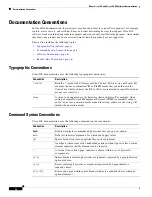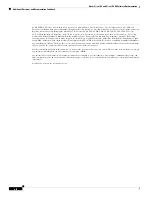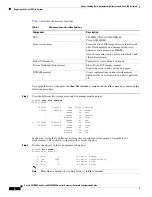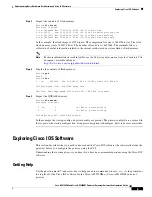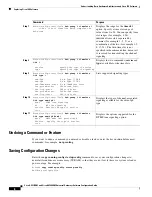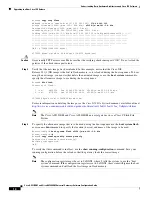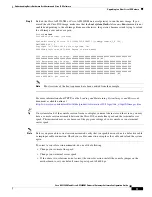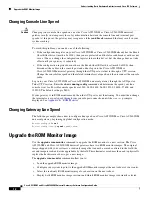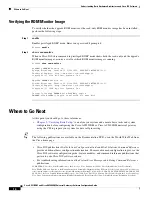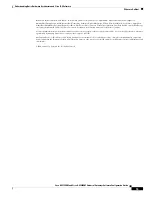
Americas Headquarters:
Cisco Systems, Inc., 170 West Tasman Drive, San Jose, CA 95134-1706 USA
Understanding Basic Hardware Architecture and
Cisco IOS Software
The information in this chapter applies to the Cisco AS5350XM and Cisco AS5400XM universal
gateways. This chapter provides a brief profile of the Cisco AS5350XM and Cisco AS5400XM universal
gateway hardware components and functionality, explains how to use the Cisco IOS command-line
interface (CLI), and describes how to upgrade your Cisco IOS software:
•
Basic Hardware Architecture, page 1
•
Exploring the Cisco IOS File System, page 3
•
Exploring Cisco IOS Software, page 5
•
Upgrading to a New Cisco IOS Release, page 9
•
Upgrade the ROM Monitor Image, page 12
•
Where to Go Next, page 14
The Cisco AS5350XM and Cisco AS5400XM universal gateways are versatile data and voice
communications platforms that provide the functions of a gateway, router, and digital modems in a single
modular chassis.
The gateways are intended for Internet service providers (ISPs), telecommunications carriers, and other
service providers that offer managed Internet connections, and also medium to large sites that provide
both digital and analog access to users on an enterprise network.
Basic Hardware Architecture
Note
The cards that reside in the Cisco AS5350XM and Cisco AS5400XM chassis are of two types: trunk
feature cards, which provide an T1, E1, or channelized T3 interface, and universal port, dial-only, and
voice feature cards, which host the universal digital signal processors (DSPs) that dynamically handle
voice, dial, or fax calls.
Figure 1
shows the logical and physical system architecture for the Cisco AS5350XM and
Cisco AS5400XM universal gateways, and illustrates the components used to process a call.




